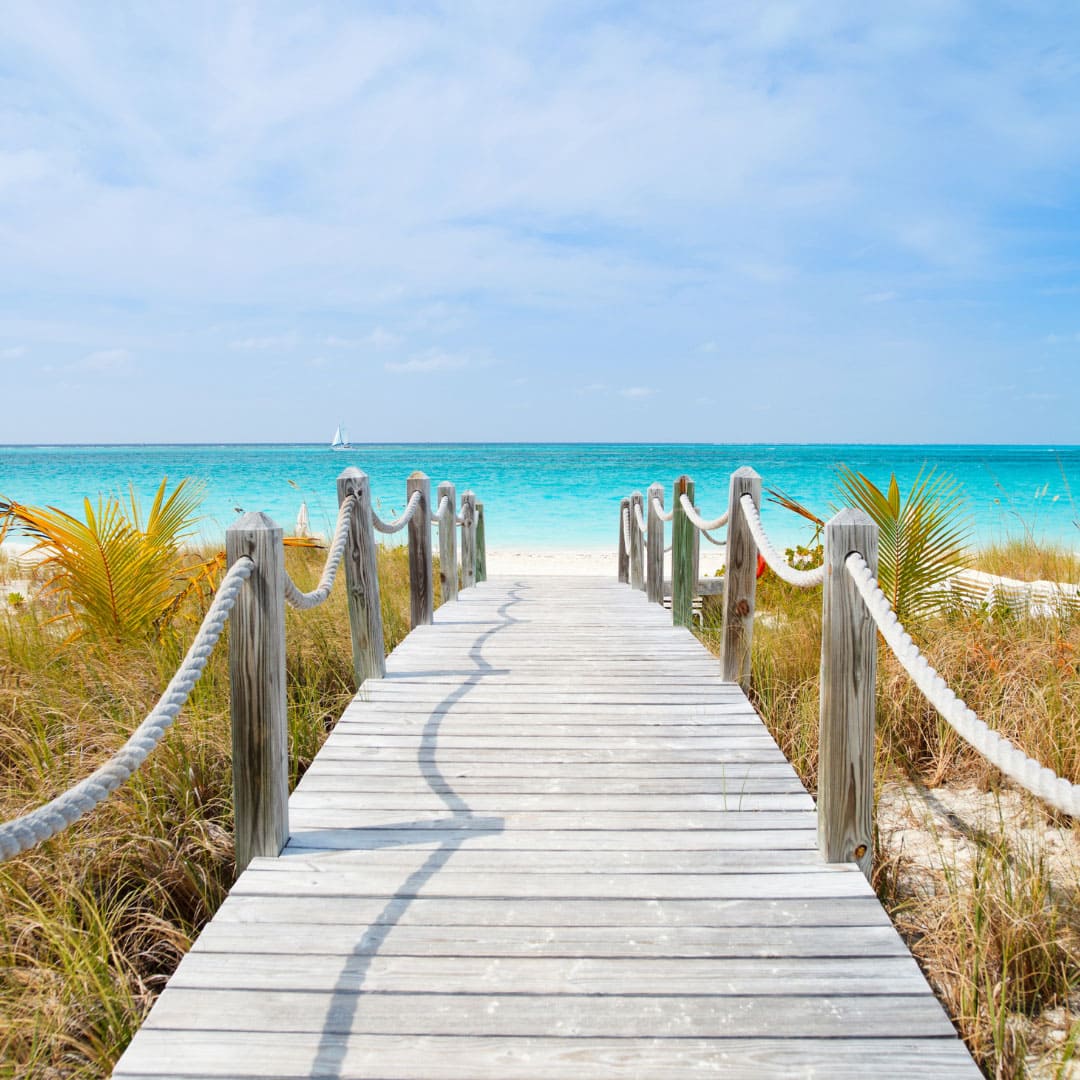 Remember that swimming in currents and waves is much more different from swimming in a pool as the conditions can change quickly. In addition, swimming in currents and waves will cause fatigue more quickly than swimming in a pool. When swimming in the Gulf or Bay waters, keep a lookout for smooth water located between breaking waves, as this could be the presence of a rip current. According to the U.S. Lifesaving Association, rip currents are the No. 1 concern for beach lifeguards.
Remember that swimming in currents and waves is much more different from swimming in a pool as the conditions can change quickly. In addition, swimming in currents and waves will cause fatigue more quickly than swimming in a pool. When swimming in the Gulf or Bay waters, keep a lookout for smooth water located between breaking waves, as this could be the presence of a rip current. According to the U.S. Lifesaving Association, rip currents are the No. 1 concern for beach lifeguards.
What is a rip current? A rip current is a powerful natural phenomenon, usually 3-6 feet wide, moving at a faster speed than surrounding waters. Rip currents usually runs perpendicular to the beach and, although typically less than 30 feet wide, can be anywhere from 200 feet to 2,500 feet in length. Anyone caught in a rip current should remain calm and try to swim parallel to the shore to move out of the current and then alert someone help is needed. Fighting the current makes the condition worse. If you understand how rip currents form and the proper escape technique, your chance of survival if caught in one is greatly increased.
View more information on rip currents »
National Oceanic and Atmospheric Administration (NOAA) Rip Current Safety »




